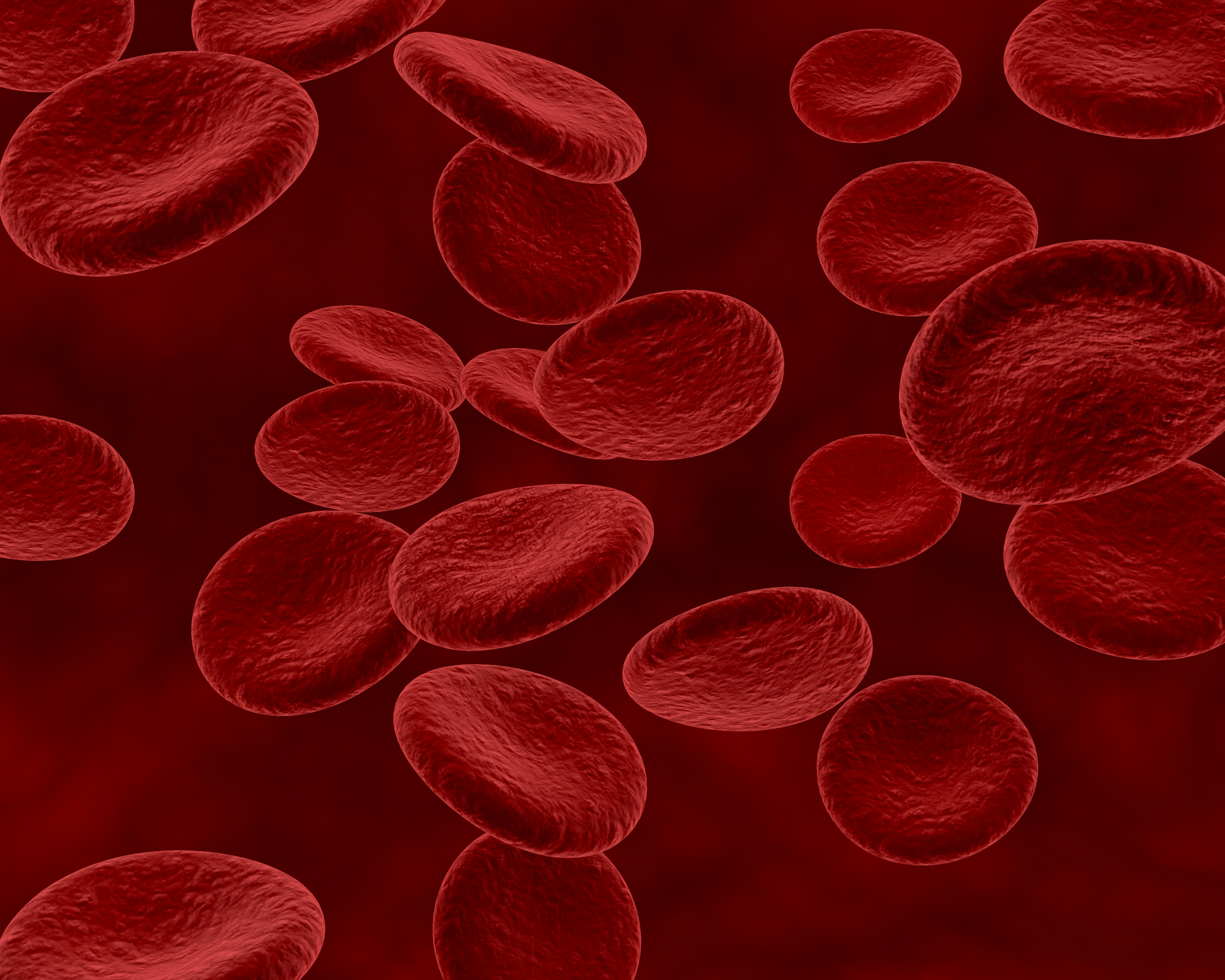

Cancer cells release tiny packets of molecular cargo that lay the groundwork for metastasis at distant places in the body.
Messenger particles released by leukemia cells traverse a route to distant places, where they release molecular cargo that builds the framework for the spread of the blood malignancy.
The findings from KAUST animal and cell research, published in Frontiers in Cell and Developmental Biology, help explain one of the drivers of cancer spread. Furthermore, they point to a potential therapeutic method for slowing the course of leukemia.
The researchers demonstrated that, like leukemia cells, tiny packets of molecular cargo shed from the cells’ surface rely on an adhesion molecule called E-selectin to adhere and migrate to tissues throughout the body.
These exosomes include genetic material and signaling proteins that can promote cancer development and survival by influencing changes in the receiving cells. However, they can only do so if the surface proteins on the exosomes are coated with a complex sugar molecule known as sialyl Lewis X.
With this adornment, “leukemic exosomes act as a kind of blueprint to altering the foundations in a way that makes the environment more friendly for future metastasis,” says Ioannis Isaioglou, Ph.D. student and the first author of the study.
Exosomes, however, cannot convey the information required to enhance cancer-fueling gene expression in recipient cells without it, according to Isaioglou and his colleagues, and an antibody medication that blocks E-selectin function has the same impact. In mice, such a medication therapy prevented leukemia cells from taking root in the spleen and spine, both of which are frequent locations of leukemia spread.
This points to the potential importance of focusing on exosomes as a way of reducing metastasis,” says cell biologist Jasmeen Merzaban, who led the research project as part of a collaboration with KAUST bioengineer Khaled Salama and microscopist Satoshi Habuchi.
Notably, a medication candidate termed Uproleselan, a small molecule inhibitor of E-selectin, is currently in late-stage clinical trials for patients with advanced leukemia. Earlier trial findings was encouraging, and Merzaban’s team’s laboratory results may assist to explain why the medicine appears to be helping patients live longer lives.
The study also documented a flexible feature of exosomes. Though long thought of as passive delivery vehicles, exosomes can actually change what contents they distribute depending on what molecules they bind to on target cells. “This is the first time research has shown exosomes to have such a dynamic role in transporting cancer communications to new locations,” Merzaban says.
Given the essential functions that exosomes play in disease progression, she believes that sophisticated function merits more consideration.
more recommended stories
 Coffee and Cognitive Function: Evidence Review
Coffee and Cognitive Function: Evidence ReviewA new narrative review in Cureus.
 Colorectal Cancer Screening Rates Low in Adults 45–49
Colorectal Cancer Screening Rates Low in Adults 45–49Recent UCLA research reveals that colorectal.
 Gut Immune Cells and Long-Lasting Antiviral Protection.
Gut Immune Cells and Long-Lasting Antiviral Protection.Breakthrough Findings on How Gut Immune.
 Mild Pancreatic Duct Dilatation Signals Higher Cancer Risk
Mild Pancreatic Duct Dilatation Signals Higher Cancer RiskEarly Structural Changes Offer Critical Clues.
 How the Uterus Senses Force During Labor: New Insights
How the Uterus Senses Force During Labor: New InsightsA new study published in Science.
 Fat-Free Mass and Brain Outcomes in Preterm Babies
Fat-Free Mass and Brain Outcomes in Preterm BabiesEarly Fat-Free Mass May Hold the.
 How Hormones Shape Dopamine-Driven Learning
How Hormones Shape Dopamine-Driven LearningNYU Study on Hormones and Cognitive.
 Protein Pair Guides Chromosome Alignment in Mitosis
Protein Pair Guides Chromosome Alignment in MitosisKey Points A joint research team.
 Intensive mind-body retreat rapidly alters brain function
Intensive mind-body retreat rapidly alters brain functionAn intensive mind-body retreat combining meditation,.
 Citrus and Grape Compounds Help Prevent Type 2 Diabetes
Citrus and Grape Compounds Help Prevent Type 2 DiabetesA new clinical trial highlights the.

Leave a Comment